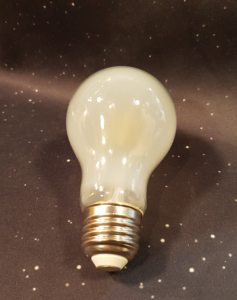18 LED Auxiliary gear
Aaron Lee
Since LEDs are DC loads, they require some form of conversion equipment to run LED lighting systems from AC power sources. This equipment is called a driver and will be designed to rectify the common 120 volts 60 hertz AC system voltage into the appropriate DC voltage and current values the LEDs require to operate.
LED retrofit bulbs may look like they run on the same 120 volts that the incandescent lamps they replaced did, but in the bases of these lamps there is a small driver regulating the voltage that the actual LEDs see.

The driver uses special semiconductor components such as a bridge rectifier to convert the AC sine wave into a pulsating DC waveform, which is then filtered and converted into the smooth steady DC voltage that the LED is designed to see. A driver must meet or exceed the power rating of the LED load it is to supply at the voltage utilized. A driver also acts as a protective device to limit the amount of voltage and current that the LEDs are subjected to. A driver might also provide dimming functions or facilitate a change in colour in the LEDs.
LEDs are made from semiconductor material, and thus have a negative temperature coefficient, making them very heat sensitive. LEDs must not be operated outside their upper-temperature limits, or decreased electrical resistance will cause a cascading increase in current values, creating more heat and eventually destroying the device. LEDs will often have heat-sink fins built into them to help dissipate any excess thermal energy and dissipate this dangerous and damaging value of heat.
